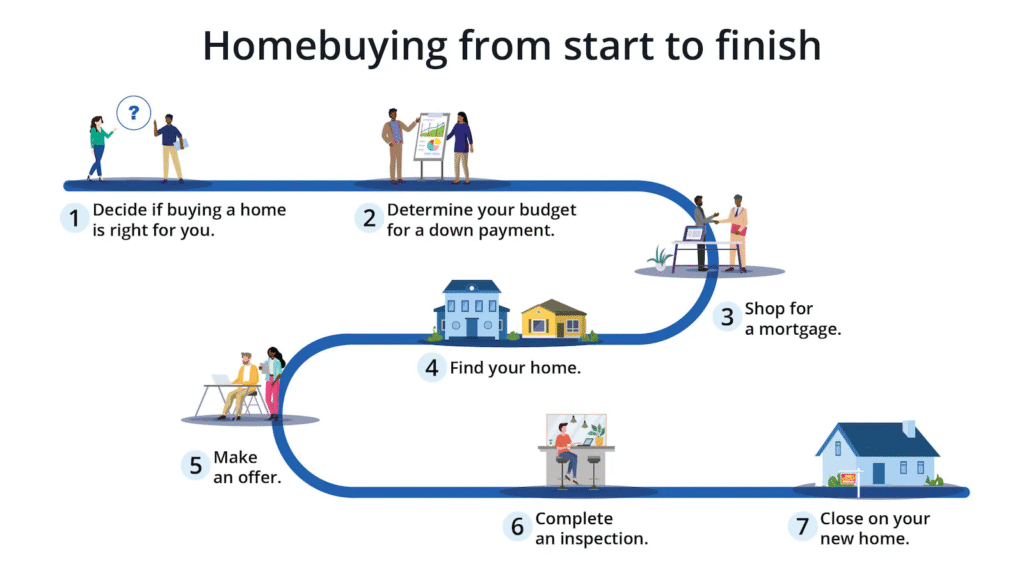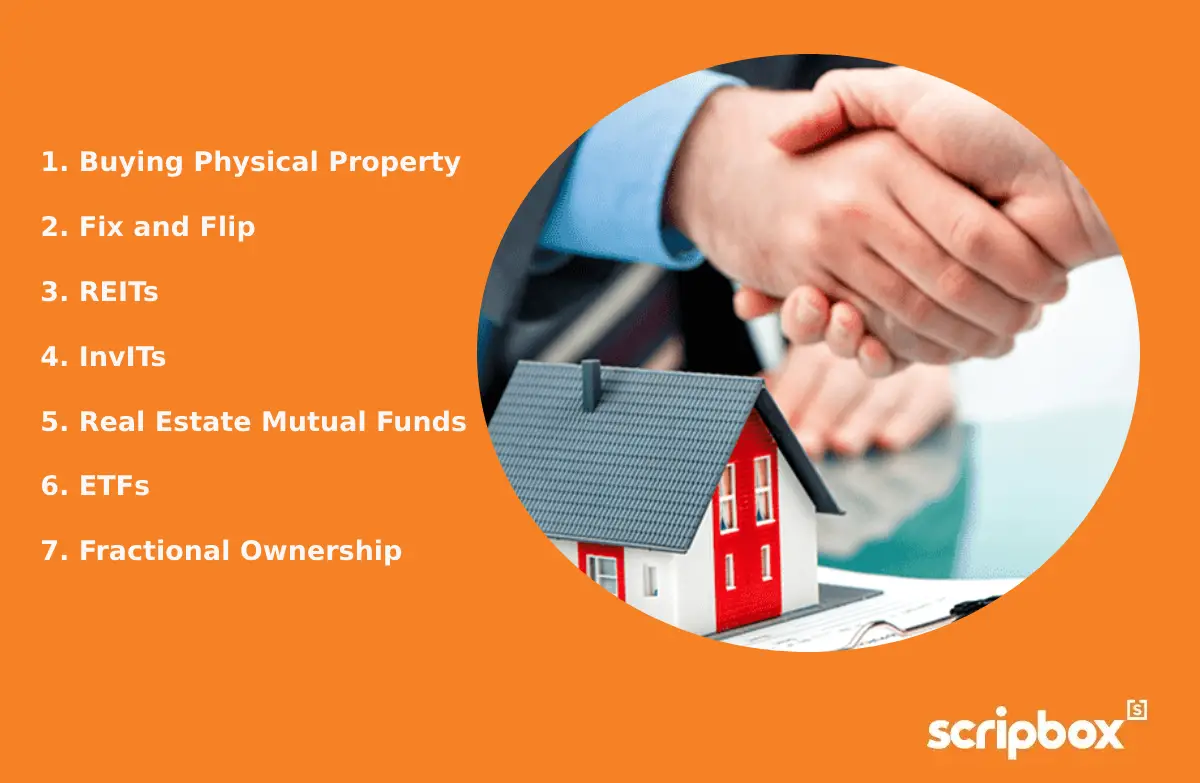Discover why U.S. homebuyers in 2025 are choosing lifestyle, wellness, and design experience over square footage. Explore trends, data, and practical insights that redefine modern real estate.
In the evolving U.S. real estate landscape, a new priority has emerged — experience. Instead of chasing bigger homes, buyers in 2025 are focusing on how spaces feel, function, and support their lifestyles. This shift is driven by generational values, sustainability, and the desire for emotional connection. Explore why Americans now choose meaningful experiences over extra square feet — and what it means for the future of home buying.
The New Real Estate Paradigm
For much of modern U.S. history, “bigger” meant “better” in real estate. A sprawling home with extra rooms was once a symbol of prosperity and success. Yet, as the housing market evolves, that formula no longer holds true. Today’s buyers are far more discerning. They prioritize how a home makes them feel, how well it supports their day-to-day routines, and how intentionally it’s designed.
This marks a significant cultural and economic shift. Rising home prices, climate awareness, changing family structures, and remote work have all transformed what Americans seek in a home. Experience, ambiance, flexibility, and sustainability are replacing size, status, and square footage as the new hallmarks of value.
1. The Financial Reality: Why Size No Longer Equals Value
Rising Costs and Diminishing Returns
Home prices in 2025 continue to test affordability ceilings. Every additional square foot means more expense — not only in purchase price but also in property tax, utilities, and maintenance. The value curve for “extra space” has flattened.
According to the America at Home Study (2025), 40% of U.S. buyers are now willing to accept smaller homes compared to only 21% in 2022. (Source: NAR)
That’s nearly double in just three years — a clear indicator that the psychological and financial calculus of home buying is shifting.
Smaller Households, Smarter Choices
The U.S. Census Bureau notes that the average household size has been declining for decades. Many homes today are occupied by one or two people. Buying extra space no longer makes sense when maintenance, cleaning, and heating costs rise in parallel.
Instead, buyers want spaces that do more with less — adaptable layouts, better finishes, and efficient energy systems.
2. The Rise of Remote Work and New Spatial Priorities
Functionality Beats Volume
The post-pandemic era redefined “home.” It’s now an office, classroom, fitness area, and sanctuary — often all in one. Buyers no longer crave extra rooms that sit empty; they prefer multi-functional spaces that adjust to daily life.
Examples include:
- A den that doubles as a home office and reading nook.
- Movable partitions that transform living rooms into temporary studios.
- Foldable furniture that maximizes usability without expanding size.
Freedom of Location
Remote work allows buyers to live where they want, not just where they must. Smaller, experience-rich homes near beaches, forests, or city centers are more attractive than large, isolated houses requiring long commutes.
The equation is simple: quality of life outweighs quantity of space.

3. Generational Shifts: Millennial and Gen Z Values Redefining the Market
From Status to Substance
Unlike previous generations, Millennials and Gen Z buyers equate value with purpose, design, and sustainability. They don’t see homeownership as purely financial; it’s about identity and experience.
A National Association of Home Builders report found that 78% of Millennials prefer flexible, adaptable layouts to large, rigid ones.
Walkability and Connection
Younger buyers prioritize access — to cafes, parks, gyms, and social spaces. A home in a walkable neighborhood is often more desirable than a bigger one in a car-centric suburb.
Real estate experts note a rising willingness among Gen Z to pay a premium for location and design rather than size. They are the first generation raised on lifestyle experiences (think Airbnb and boutique living), and they want their homes to reflect that ethos.
4. Sustainability and the Minimalist Mindset
Smaller Homes, Smaller Footprints
Environmental consciousness is influencing buying decisions more than ever before. Large homes require more materials, more heating and cooling, and more long-term waste. Buyers want to minimize their footprint — both financially and ecologically.
Energy-efficient HVAC systems, solar panels, and smart lighting are now “must-haves.” Homeowners are realizing that sustainability and comfort can coexist beautifully, even within smaller spaces.
Quality Over Quantity
A modestly sized home with sustainable design, natural light, and tactile materials (like wood, stone, and linen) often delivers more joy than a larger but sterile property.
Minimalism isn’t just aesthetic — it’s emotional. It removes clutter, mental and physical, and creates room for experiences.

5. The Psychology of “Feeling at Home”
Emotional Connection Over Size
Ask a homeowner what they love about their house, and they’ll rarely mention its dimensions. They’ll talk about how morning light filters through the kitchen, how a certain corner feels peaceful, or how the backyard connects them with nature.
That’s experience. It’s about emotional satisfaction, not spatial metrics.
Maintenance as a Lifestyle Choice
Large homes demand upkeep — cleaning, repairs, lawn care, furnishing. Many modern buyers view this as time stolen from their lives. Smaller, efficient homes mean more freedom, less stress, and higher satisfaction.
As one Portland buyer told Realtor.com,
“I realized I’d rather have a cozy home that feels alive than a big house that feels empty.”
6. What “Experience Over Square Footage” Looks Like in Practice
Let’s visualize how this philosophy manifests in real homes.
Walkability and Community
In Portland, Oregon, and Austin, Texas, buyers often trade 300–500 square feet for proximity to lively cafes, coworking hubs, and cultural venues. The sense of belonging within a neighborhood replaces the need for additional rooms.
Community amenities — rooftop gardens, co-working lounges, dog parks, and shared courtyards — have become major selling points.
Developments are being designed around human interaction rather than property lines.
Indoor-Outdoor Integration
Designers increasingly blur the line between indoor and outdoor living. Sliding glass walls, patios, courtyards, and terraces expand perceived space without inflating square footage.
A compact 1,200 sq ft home with a 500 sq ft deck can feel larger than a traditional 1,700 sq ft box.
Multi-Purpose Rooms
Instead of a “guest bedroom” that sits idle, homeowners are embracing transformable zones — spaces that shift between gym, office, and guest room through creative furniture.
Trends include:
- Murphy beds and folding desks
- Movable walls
- Under-stair storage
- Hybrid zones for flexible lifestyles
Smart Technology & Sensory Design
Technology personalizes experiences. Homes equipped with smart thermostats, adaptive lighting, ambient soundscapes, and scent diffusers offer a multisensory luxury once reserved for high-end hotels.
It’s not about “more rooms.” It’s about more moods.
7. Real Data: Surveys Confirm the Shift
| Study / Report | Key Insight |
|---|---|
| America at Home Study (2025) | 40% of buyers will accept smaller homes, up from 21% in 2022. |
| Gen Z Home Preferences (NAR) | Buyers favor smaller, better-designed spaces in walkable communities. |
| NAHB Survey | 78% of Millennials prioritize flexible layouts over fixed ones. |
| Investopedia Report | Median home size dropped from ~2,000 sq ft to 1,791 sq ft (2019–2024). |
| MarketPro 2025 Trends | Builders now design smaller homes with premium finishes and smart tech. |
These numbers prove a nationwide recalibration — buyers are paying for experience, not excess.
8. Top 10 Frequently Asked Questions About the Trend
Q1: Why are Americans less interested in big houses?
High costs, smaller families, and new values make large homes impractical. Buyers want spaces that align with lifestyle, community, and sustainability rather than sheer size.
Q1: Why are Americans less interested in big houses?
Because “big” no longer automatically delivers value. Today’s buyers weigh utility, experience, and emotional resonance more heavily. With rising costs, smaller households, remote work, and changing tastes, extra square footage is often seen as wasted capacity.
Q2: Will this trend reverse when interest rates fall?
Possibly, but not fully. Even if borrowing costs decline, generational preferences, sustainability concerns, and demand for quality are structural. A rate drop might push some buyers toward larger homes, but the pivot toward experience and flexibility is deeper than finance alone.
Q3: What types of buyers are leading this shift?
- Millennials and Gen Z: prioritize value, sustainability, aesthetics, and flexible design.
- Empty nesters or downsizers: want easier maintenance, better community, amenities.
- Remote workers and digital nomads: value experiential settings and location more than living space.
- Eco-conscious buyers: choose compact, efficient homes intentionally.
Q4: How should sellers respond to this buyer mindset?
- Highlight experience: showcase lighting, views, flow, and ambiance in listings.
- Stage spaces for use: make a spare room look like an office, gym, or reading nook.
- Invest in finishes, lighting, and small upgrades vs chasing extra square footage.
- Emphasize community amenities and walkability in marketing copy.
Q5: Does this trend apply everywhere or only in urban markets?
It’s strongest in higher-density, amenity-rich markets, but even in suburbs and exurbs, buyers now consider adjacency to nature, trails, parks, and services over adding rooms solely for size. Even in large-lot markets, experiential design choices (courtyards, orientation, landscaping) matter.
Q6: Is trading square footage for experience a risk for resale value?
No—not if executed well. Smart design, quality materials, and strong connection to place often outperform sheer size on resale. What becomes risky is underwhelming finish, poor layout, or lack of maintenance. Buyers will still pay premium for experiential homes that feel polished and intentional.
Q7: What is the minimum viable square footage?
There’s no one-size-fits-all, but many designers suggest 1,000–1,500 sq ft that is highly optimized can serve the functional needs of a modern family—if the layout is efficient, storage is smart, and space is multi-use.
Q8: How can I market a smaller home in listings to emphasize experience?
- Use terms like “intentionally designed,” “flow,” “view corridors,” “indoor-outdoor integration,” “immersive lighting,” and “amenity-rich community.”
- Include high-quality visuals: twilight shots, lifestyle staging, aerial views of walkability.
- Share narratives: how a family might live there—mornings in the garden, evenings on the deck, worktime in the study nook.
Q9: Are builders responding?
Yes. Many new developments emphasize smaller homes with premium finishes, smart systems, flexible layouts, and amenity-rich community design—indicating that supply is catching up to demand. marketprohomebuyers.com+1
Q10: How can buyers evaluate “experience” before purchasing?
- Walk the property at different times of day (morning light, evening calm).
- Test connectivity (Wi-Fi strength, cell signal, sound insulation).
- Look at circulation patterns and natural flow.
- Feel the microclimate: breezes, shade, thermal comfort.
- Evaluate proximity to amenities—parks, cafes, transit, trails.
- Consider flexibility of rooms and future adaptability.
9. Practical Takeaways for Buyers and Sellers
For Buyers
- Map your day: Choose homes that match your lifestyle flow.
- Inspect beyond size: Feel how the space lives, not how large it is.
- Ask about design efficiency: Lighting, storage, flexibility.
- Negotiate for upgrades: Smart features or landscaping, not just square feet.
- Trust your senses: A home should evoke calm, joy, or energy — whatever aligns with your life.
For Sellers and Agents
- Tell a story: Focus on experience, not floor count.
- Use visual storytelling: Drone shots, twilight photos, lifestyle staging.
- Highlight amenities: Parks, cafes, co-working spaces.
- Stage to inspire: Show how each corner serves a purpose.
- List emotional benefits: Comfort, connection, relaxation, inspiration.
10. Real-Life Story: Experience That Outweighs Size
Meet Mia and Eli, a young couple moving to Seattle. They visited a 2,500 sq ft suburban home that looked perfect on paper — but felt disconnected. Then they found a 1,400 sq ft condo downtown: sunlight streaming through floor-to-ceiling windows, a rooftop garden, and walking access to work and cafes.
They instantly fell in love.
“We realized it’s not about space,” Mia said. “It’s about how the space makes us feel.”
Their story echoes thousands of buyers across the U.S. in 2025. The emotional resonance of a well-designed, smaller home is often worth more than a cavernous one.
11. Final Thoughts: The Era of Meaningful Living
This transformation in buyer behavior isn’t a trend — it’s a cultural evolution. Americans are redefining what “home” means. It’s no longer a measure of size or material status, but an expression of how we live, connect, and thrive.
If you’re buying, focus on how a home lives.
If you’re selling, lead with how it feels.
If you’re building, design for how it breathes.
Experience-first real estate isn’t about sacrificing size. It’s about maximizing life within the space you have.




